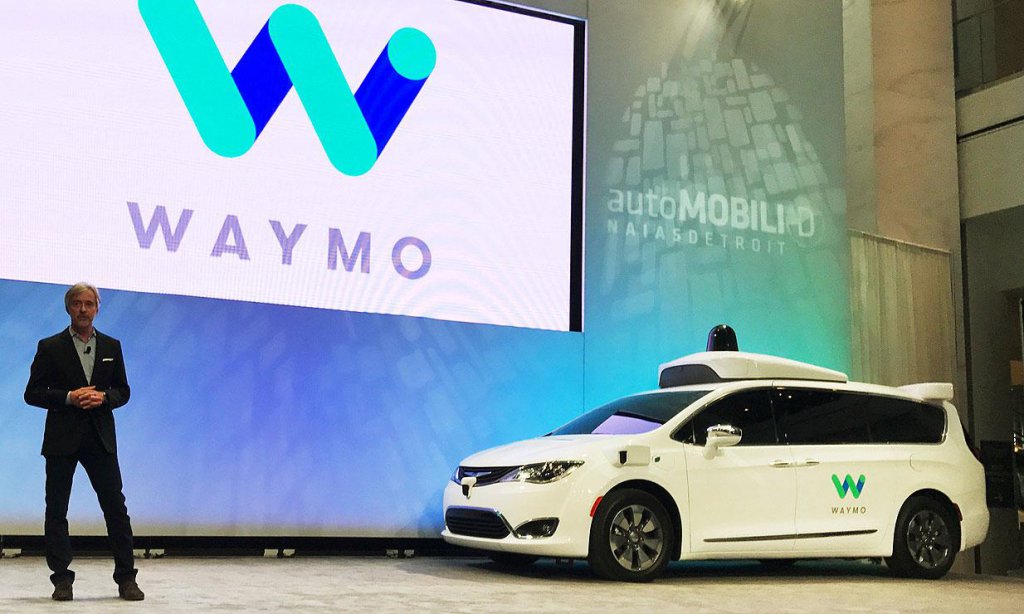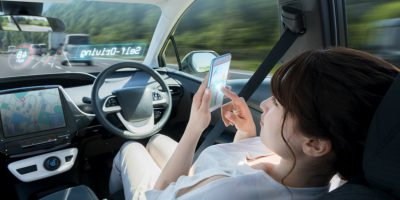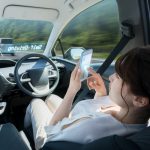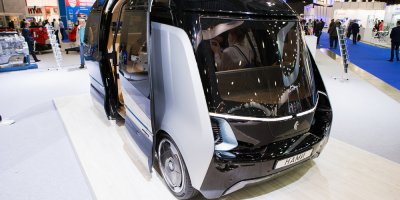
Will Apple’s AI experiments land up in a self-driving car? Source: Shutterstock
Apple’s AI intent aimed at autonomy
THE RECENT annual conference for the periodical, Advances in Neural Information Processing Systems, a.k.a. NIPS, probably would have passed without comment in the mainstream media – it can be an unusually dry, academic affair – but for the presence of and short talk given by an Apple executive, one Ruslan Salakhutdinov.
The side-presentation by Apple’s director of artificial intelligence research to around 200 audience members during a lunch session, concerned four technologies Apple is developing, which may help autonomous vehicles in the future.
Apple’s moves into self-driving cars, like any other activity it may be pursuing, are subject to the usual hysterical fanboi rumor mill’s examination, which surrounds everything the California giant does.
And while secrecy is still very much de rigeur surrounding any R&D activity the company is undertaking, the comments by Salakhutdinov may give some insight as to at least one of the projects Apple is currently focussing on.
One subject discussed was disclosed in a research paper published last month and described how software is being trained to identify pedestrians and other road users using 3D scanners (called Lidars by the autonomous vehicle industry, amongst others).
Another piece of software showcased at NIPS identified cars, pedestrians and the parts of roads suitable for vehicles, just from camera images mounted on a vehicle.
The artificial intelligence (AI) technology demonstrated how it might perform even when lenses were compromised, for instance by rain or grime. The software can determine the presence of pedestrians at the side of roads even when partially obscured by obstacles like parked cars or street furniture.

Google’s self-driving car project is called Waymo. Source: Google
The third project covered involved enabling software to have a virtual sense of direction in a technique called SLAM (simultaneous localization and mapping). As well as autonomous vehicles, SLAM has applications in Apple’s consumer-level buzz-project, augmented reality, as well as in cartography.
The final insight into One Infinite Loop’s activities was the use of data collated by autonomous vehicles to generate real-time 3D maps containing features like road signs, road markings, and pedestrian crossings.
While most autonomous vehicles need 3D maps, these have to be overlaid by real-time 3D imagery in order that unexpected objects, such as soft-bodied pedestrians, can feature and therefore be plotted around.
Other attendees at the NIPS week-long event included a bevy of recruiters, hoping to attract the latest generation of machine learning professionals, who are currently something of a prized possession for technology giants: Elon Musk’s Tesla group was there in force.
READ MORE
- Strategies for Democratizing GenAI
- The criticality of endpoint management in cybersecurity and operations
- Ethical AI: The renewed importance of safeguarding data and customer privacy in Generative AI applications
- How Japan balances AI-driven opportunities with cybersecurity needs
- Deploying SASE: Benchmarking your approach




